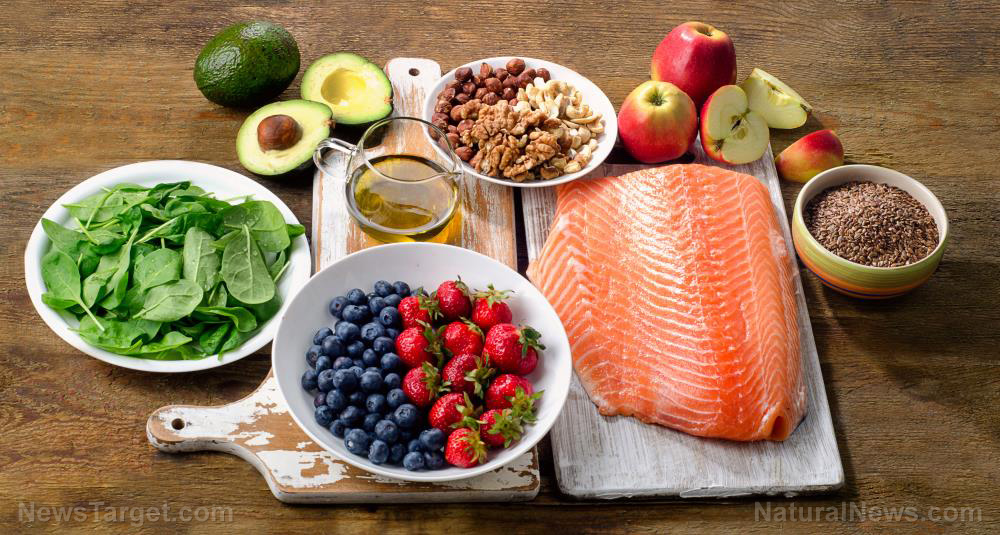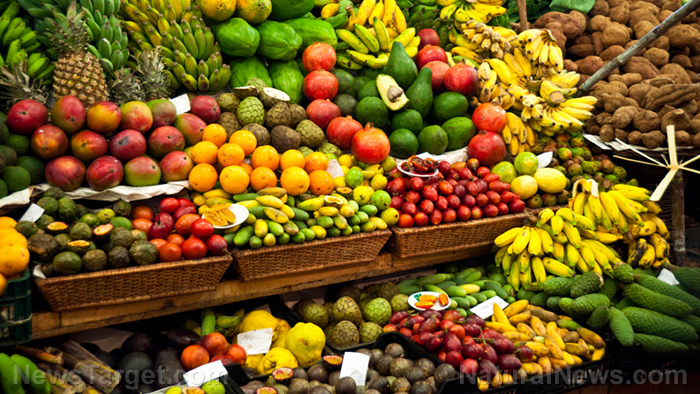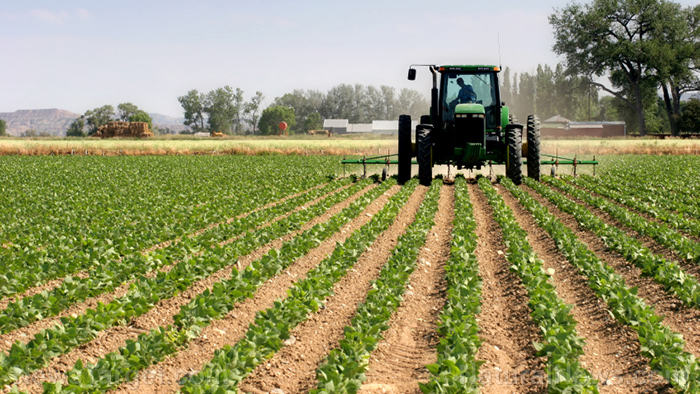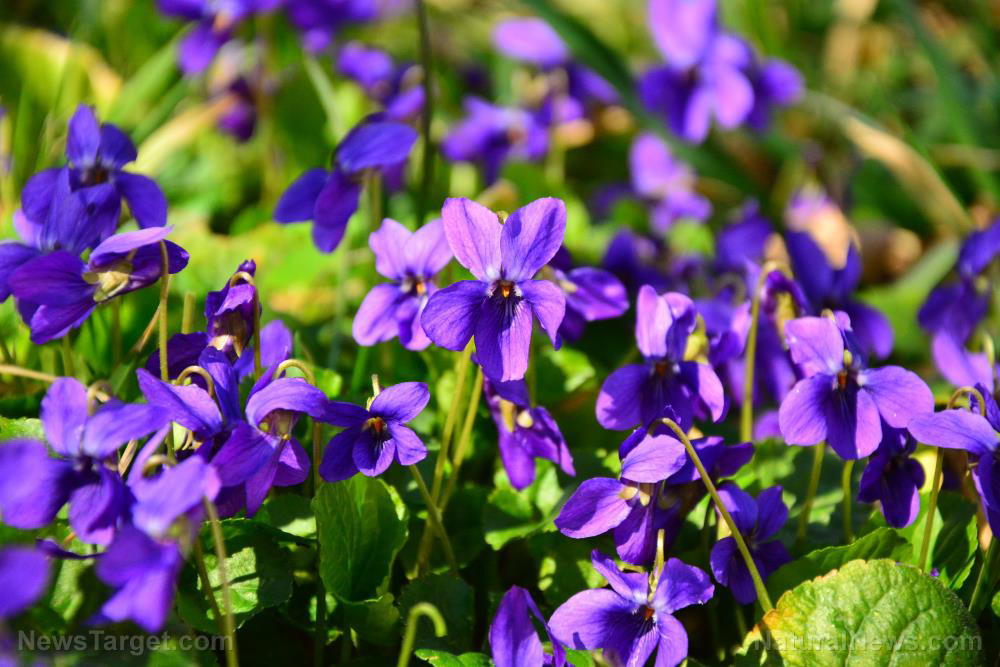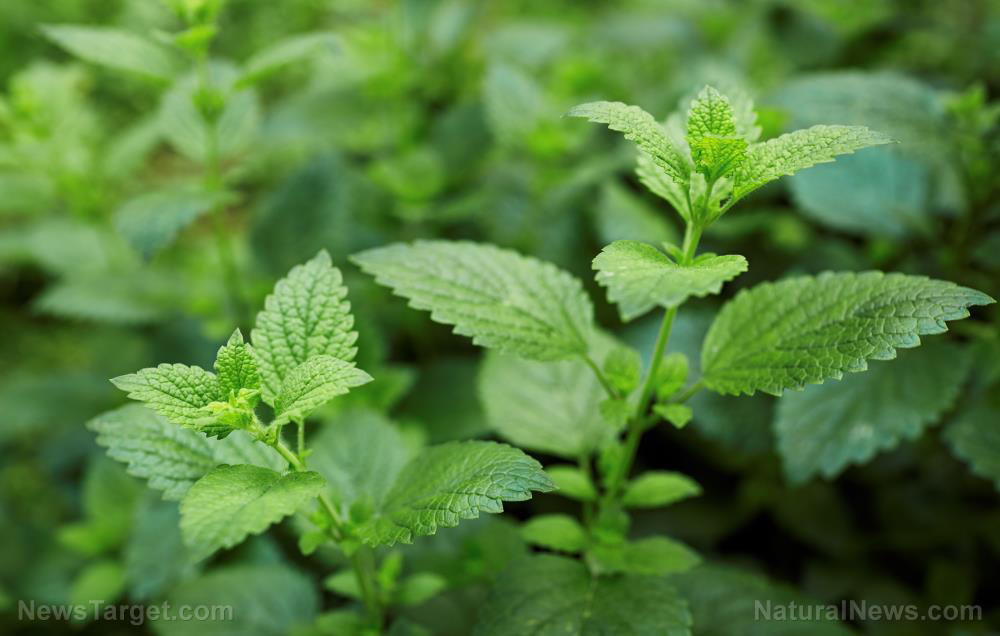Scientists conduct studies to help farmers successfully cultivate hemp
08/12/2019 / By Edsel Cook

Now that the 2018 Farm Bill has legalized the cultivation of hemp, farmers want to know the best ways to grow the crop. Researchers at land grant universities share what they have learned from their experiments while acknowledging they still have much to learn and re-learn about hemp farming.
Hemp previously saw widespread cultivation in the United States under the name “hashish.” When hemp farming got banned during the 20th century, much of the knowledge base ended up lost. The U.S. imported hemp and its derivative products from other countries that developed ways to improve the quality and yield of the crop plant.
As early as 2014, researchers began recovering the details of hemp farming. Many of them started from scratch with two strains grown for fibers and seeds. Data from their Canadian and European colleagues gave a big leg up to their progress.
They knew that hemp got planted as individual seeds and machine-harvested. The researchers also consulted old studies conducted on hemp farming during its unregulated days. However, they needed to learn the hard way when it came to getting the most fiber or seed out of a crop batch. (Related: The many health benefits of hemp oil.)
Rebuilding and expanding the knowledge pool of hemp farming
Researchers from various universities began their efforts with assessments of the local environment. After looking up the nutrients found in fertilizers, they calculated the levels of nitrogen, phosphorus, and potassium necessary for growing healthy hemp plants. They also compared the yield of different varieties of seed and fiber hemp.
Get CLEAN FOOD and help support our mission to keep you informed: The Health Ranger Store lab verifies everything we sell with accredited testing for heavy metals, microbiology and food safety. Certified organic facility, ISO-accredited on-site laboratory, no GMOs or synthetic ingredients. The world's #1 source of lab-verified clean foods and superfoods for nutritional healing. 600+ products available. Explore now.
Other studies sought to get hemp to match the productivity of corn, soybeans, wheat, and other commodity crops. They tested the row spacing and the number of seeds needed by an acre of hemp to produce at least five tons of hemp fiber.
They also needed to manage the threat of insect pests and weeds. There were no chemical herbicides or pesticides cleared for use on hemp. Some researchers tried out various synthetic pesticides while others looked at non-chemical pest control solutions like hemp strains with quickly-growing converging foliage.
“There is an absolute gold rush in that part of the industry, so any potential production or processing model you can ever dream up is being evaluated at some level across the United States today,” explained the University of Kentucky hemp researcher David Williams.
Getting the most CBD oil out of hemp flower buds
The most challenging research involved cultivating cannabidiol (CBD) oil hemp strains. Cannabidiol is a natural chemical compound that exerts many positive effects on humans. It is one of the most valuable and profitable hemp-derived products.
Researchers learned that hemp flower buds produced more CBD oil if the plant received lots of tender loving care. North Carolina State University researcher Angela Post theorized that cloning the plants and raising them in the safe environment of a greenhouse led to better results compared to the conventional method of planting them in an outdoor field.
Other researchers believed that they might evaluate terroir, the way hemp changed its scent and taste based on its environmental influences. The characteristic is also found in hemp’s cousin, beer hops.
Heather Darby of the University of Vermont noted that most researchers currently concentrated on risk management. She and her colleagues came a long way since the 2014 Farming Bill permitted hemp research, but they weren’t ready for the sweeping reforms of the 2018 Farm Bill.
“If a farmer’s going to take this on, you want to be able to set them up for success,” she noted. “You don’t want them to be struggling for four years to figure out how to do it the right way.”
Sources include:
Tagged Under: 2018 Farm Bill, agriculture, cannabidiol, CBD, CBD oil, farming, hemp, hemp buds, hemp farming, hemp farms, hemp flower, hemp seeds, research
RECENT NEWS & ARTICLES
Natural.News is a fact-based public education website published by Natural News Features, LLC.
All content copyright © 2018 by Natural News Features, LLC.
Contact Us with Tips or Corrections
All trademarks, registered trademarks and servicemarks mentioned on this site are the property of their respective owners.

